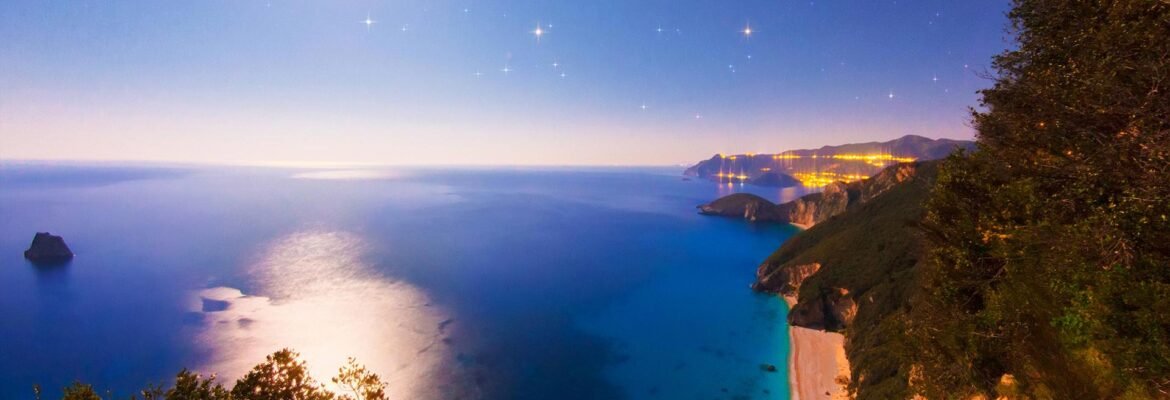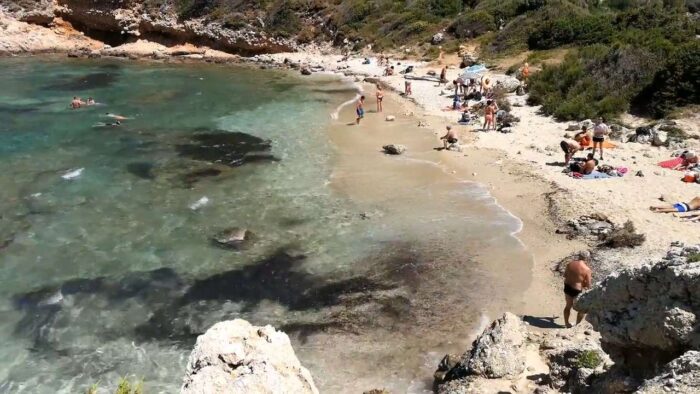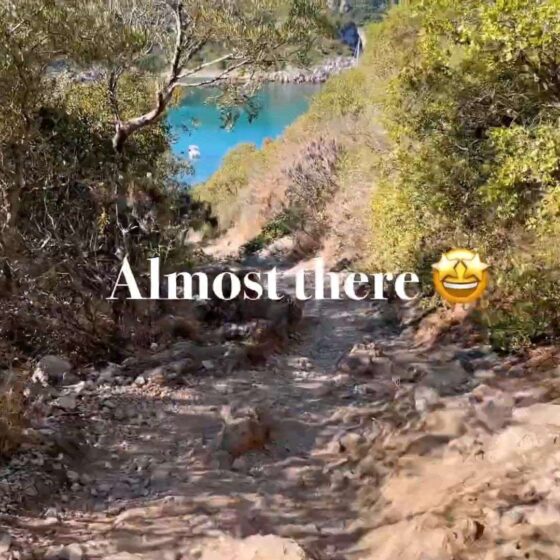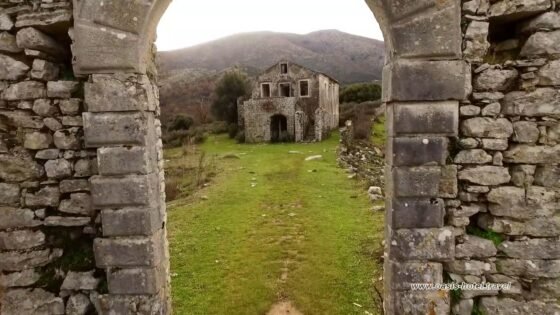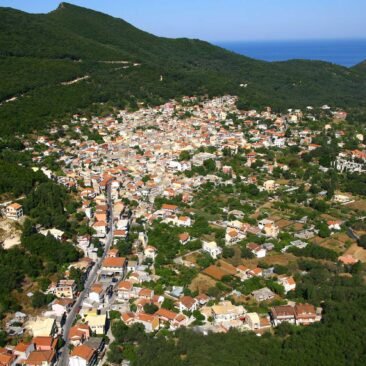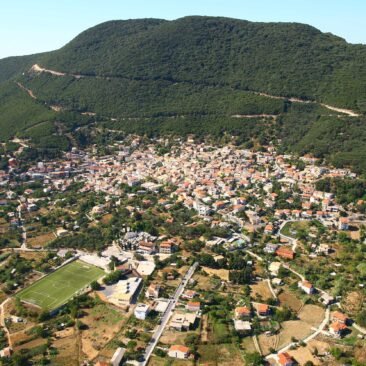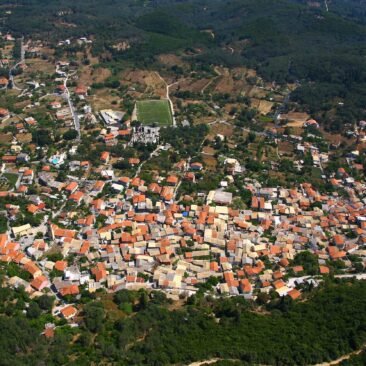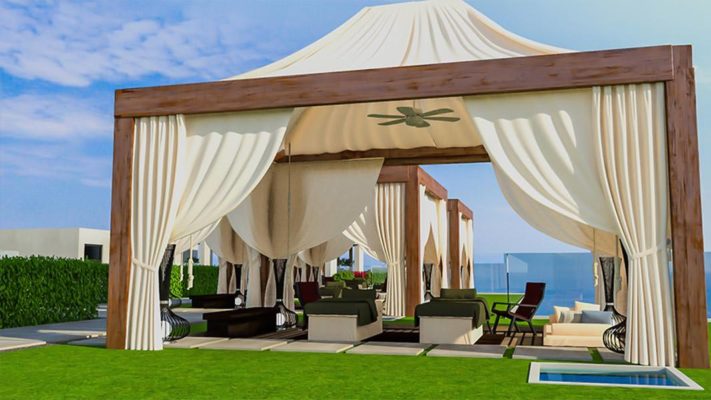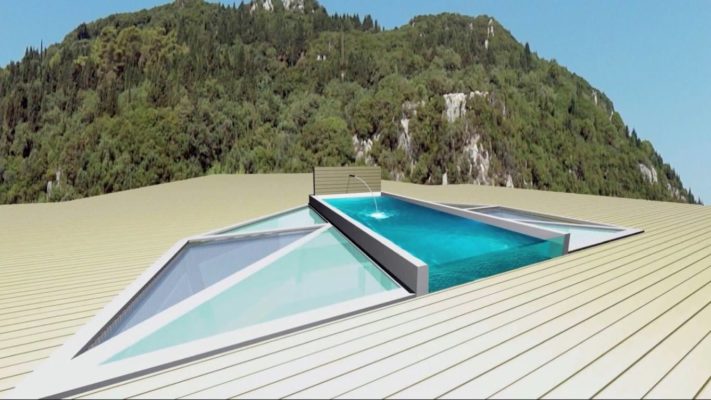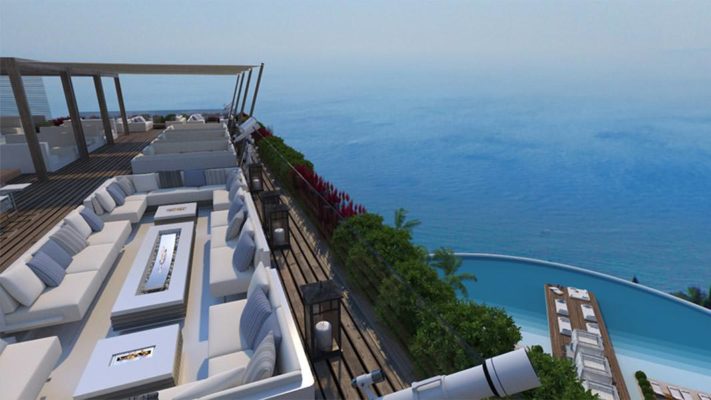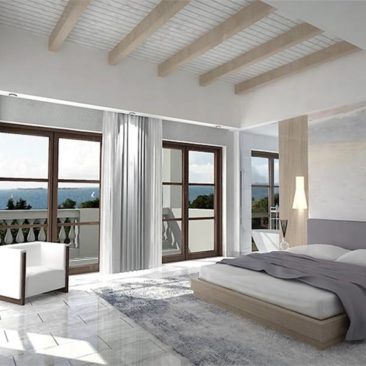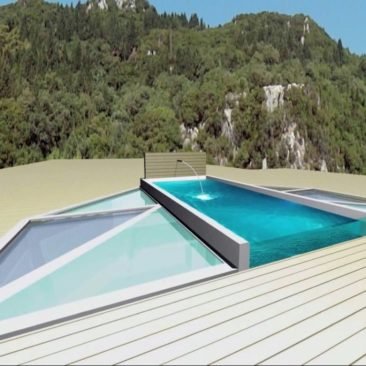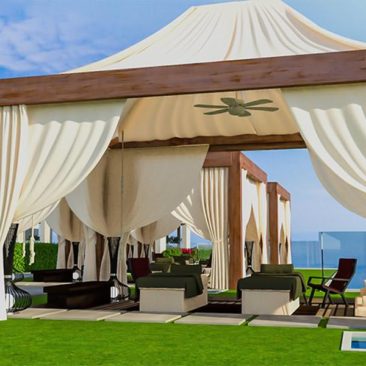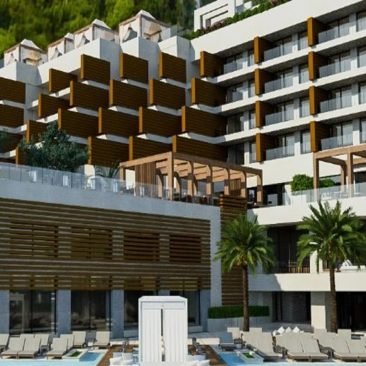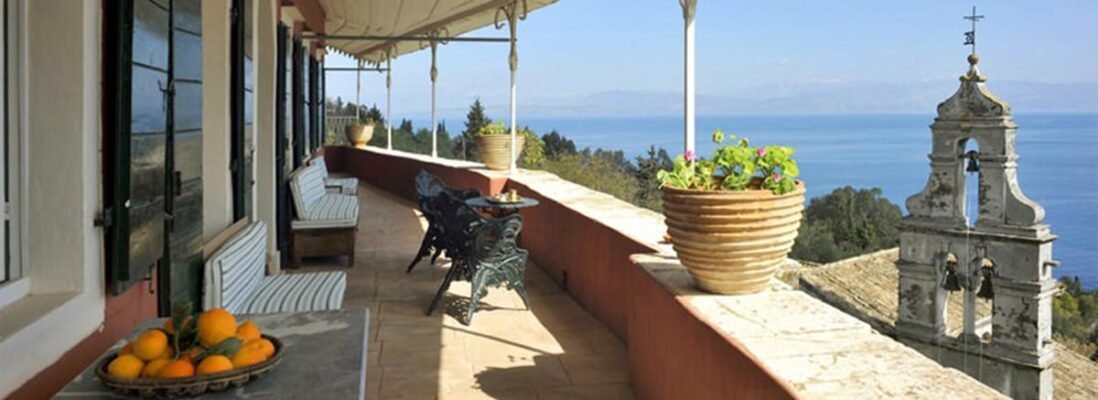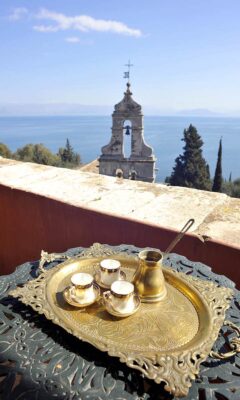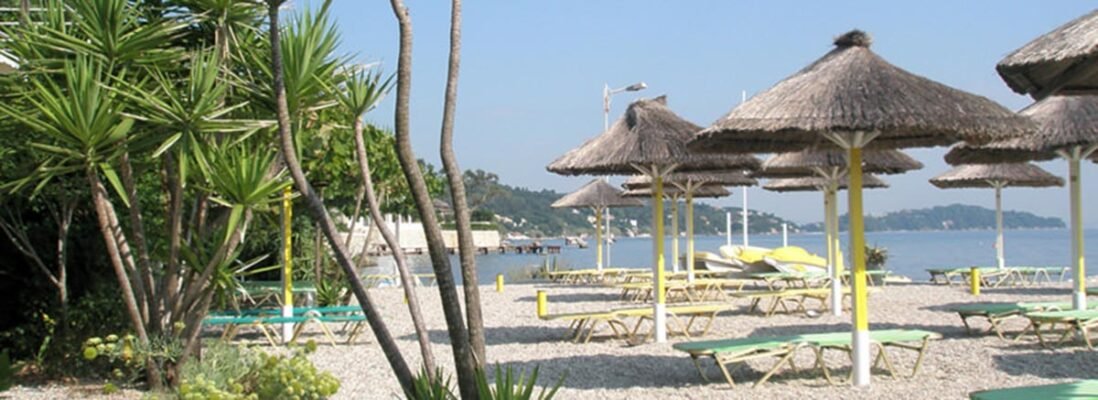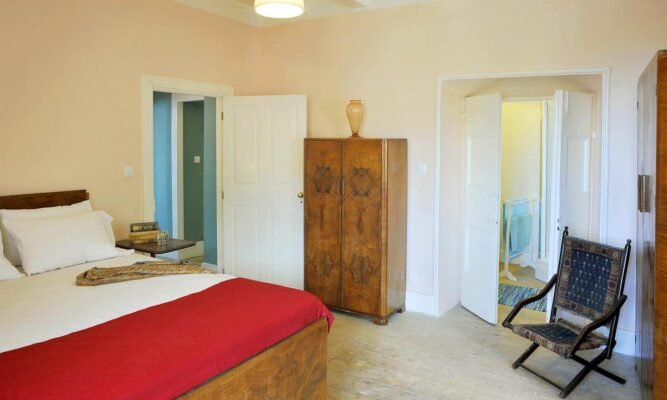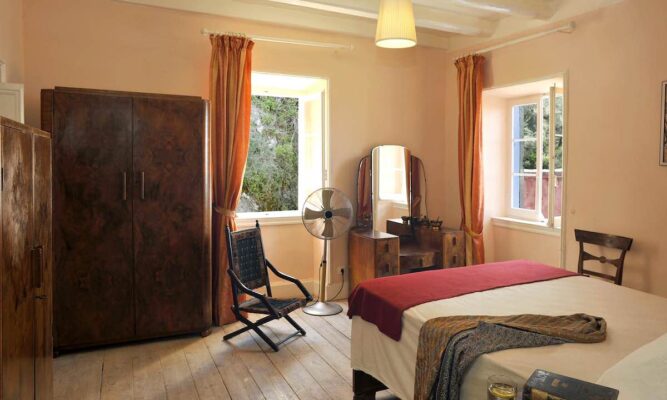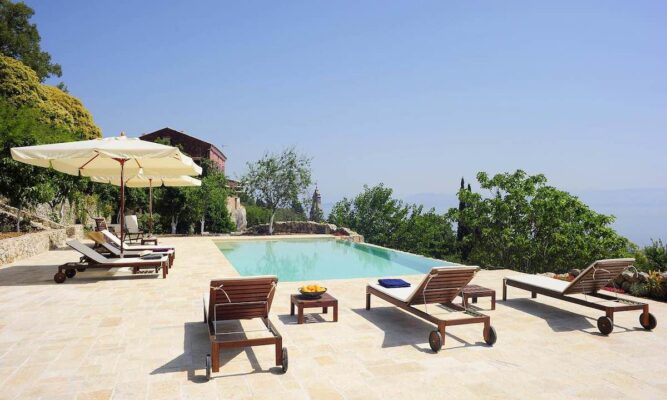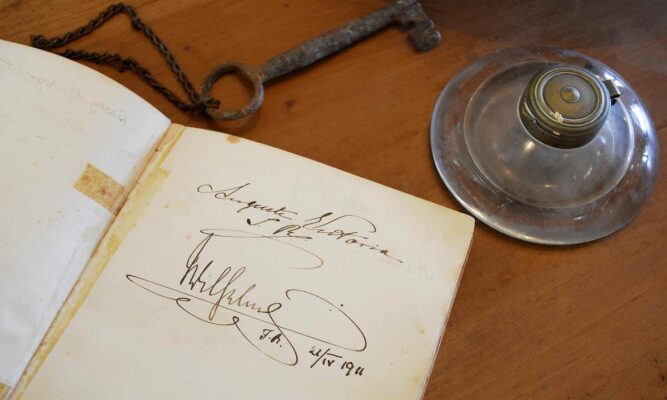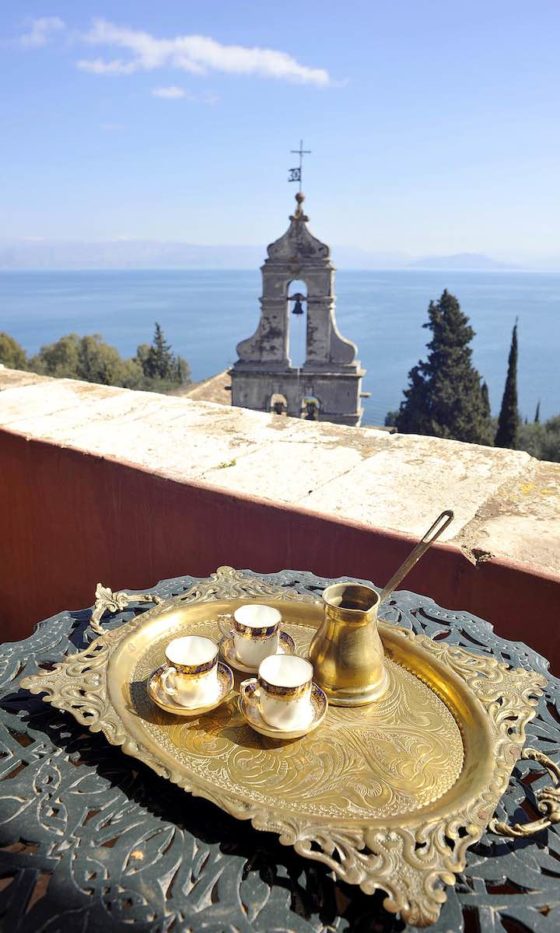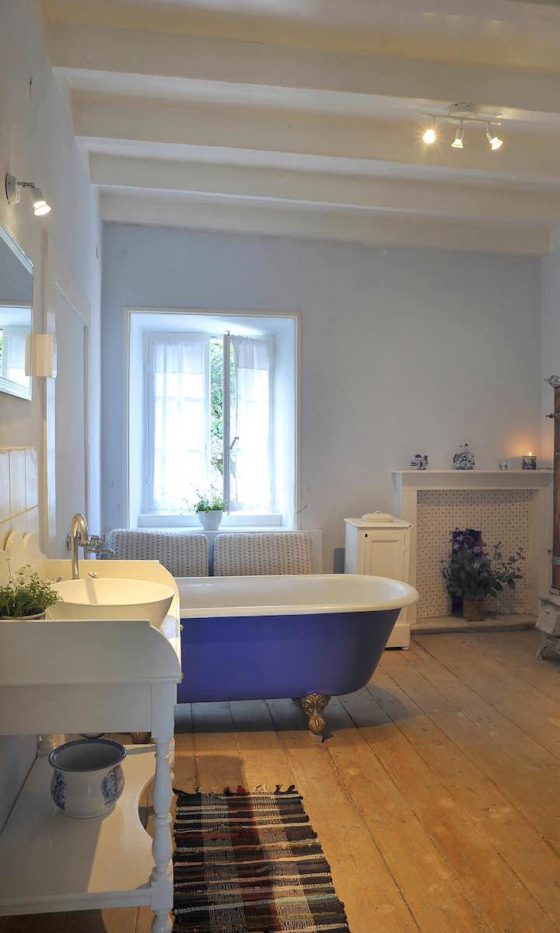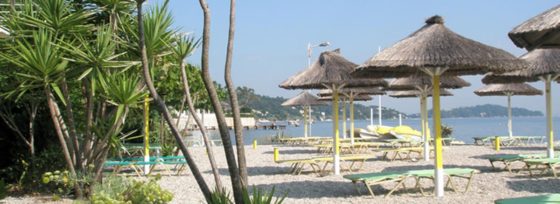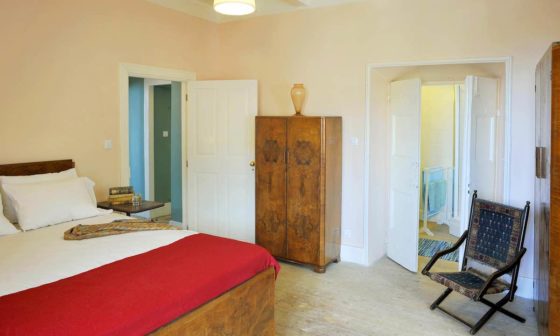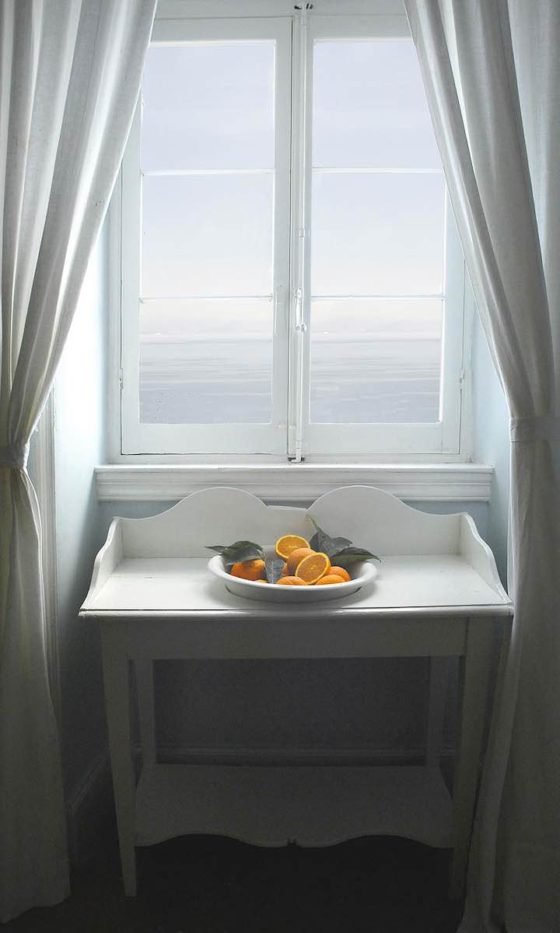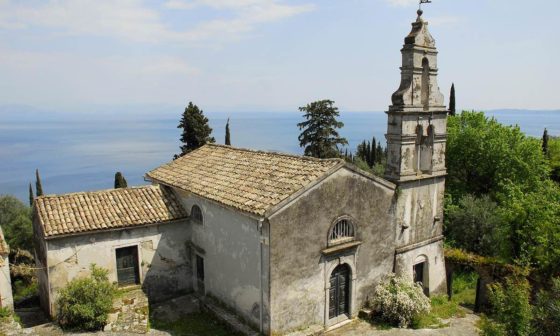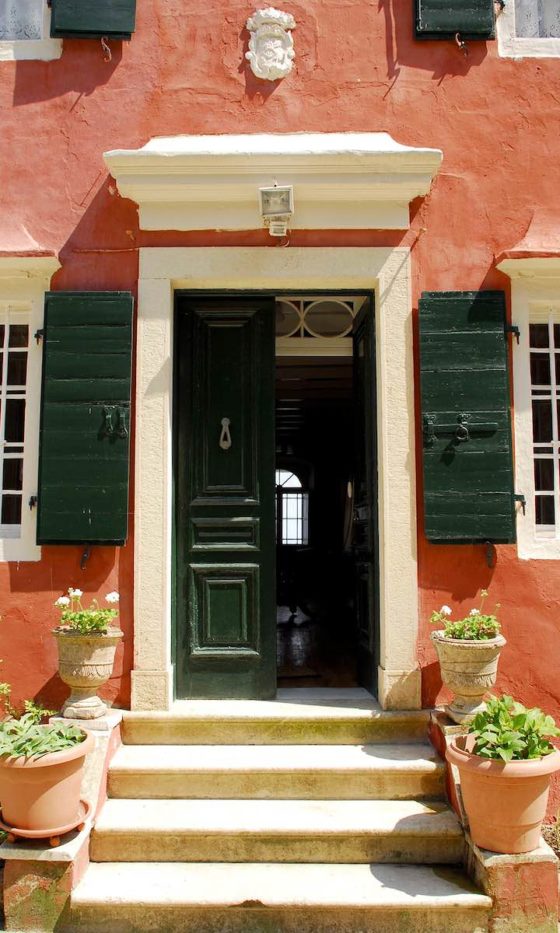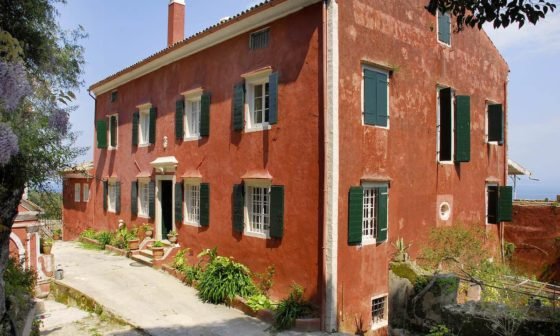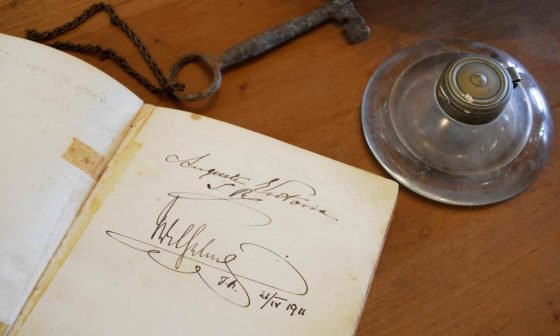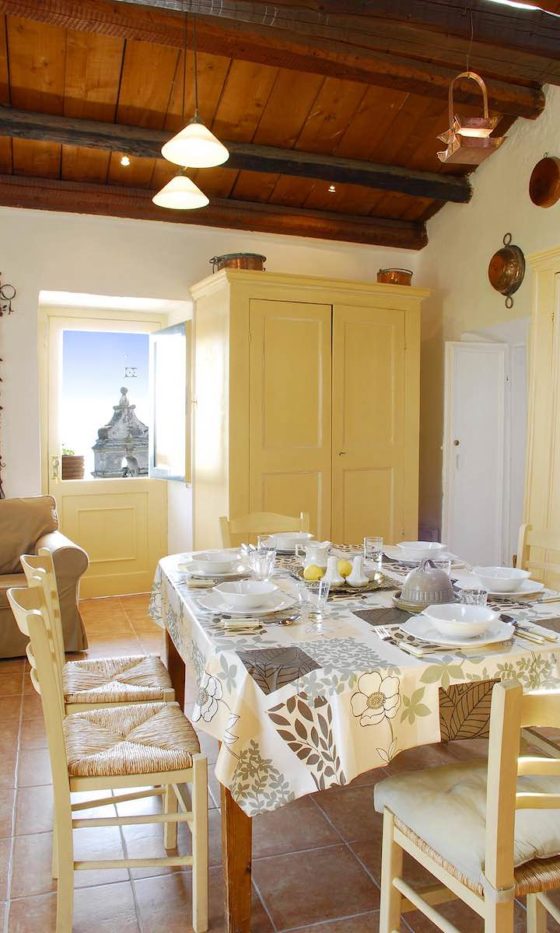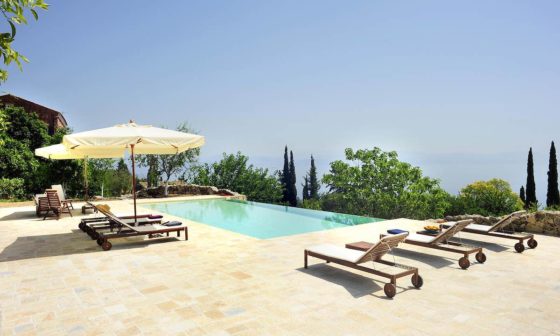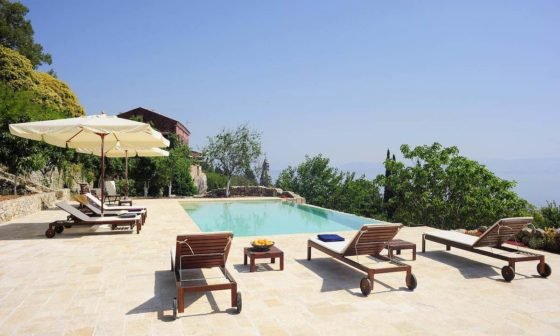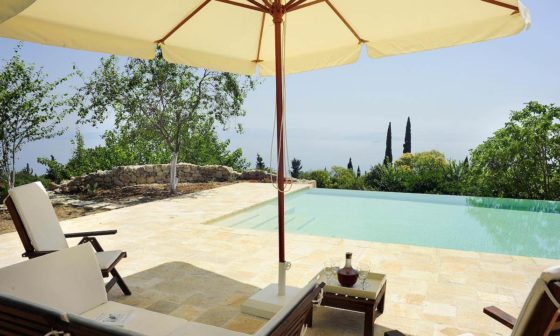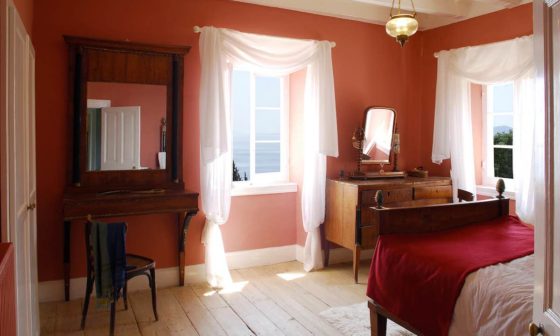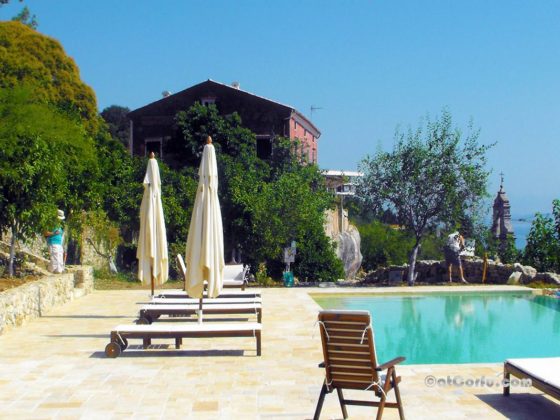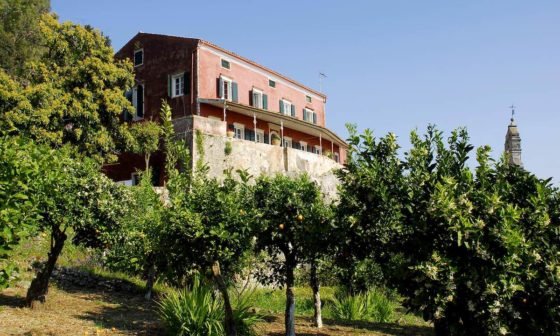Herakles, the most important mythological figure and the greatest Greek hero, known to the Romans as Hercules, wasn’t just any hero—he was the ultimate legend, with a strength capable of lifting Mount Olympus itself.
Called the “hero of the gods,” his life was packed with adventures that would make any mortal’s head spin.
Born of Zeus and the mortal Alcmene, Herakles had a complicated family life—and a stepmother, Hera, who despised him.
His name is composed of two words: ‘Hera’ (the goddess) and ‘Κλέος’ (pronounced kleos), which literally means ‘glory.’ Together, it means ‘Glory of Hera.’
Ironically, Hera despised him from birth, so his name reflects the fame he achieved despite her hostility, not because she favored him. ‘Κλέος’ can also be translated as ‘fame’.
Hera’s wrath drove him to a terrible act: in a fit of madness, he killed his wife and children. Stricken with guilt, Herakles sought redemption.
To atone, he went to the King of Tiryns, Eurystheus, who commanded him to undertake the Twelve Labours—seemingly impossible tasks that, if completed, would cleanse his soul and grant him immortality.


The 12 Labours of Herakles (Hercules)
Herakles faced all kinds of mythical beasts, villains, and impossible challenges—like a hero straight out of an epic blockbuster. Yet he completed every one of the Twelve Labours, proving himself as the ultimate hero.
Whether battling lions, capturing wild boars, or even cleaning impossible stables, Herakles showed that courage and determination can overcome any obstacle. His adventures continue to inspire, reminding us that we all have the strength to face our own “monsters,” no matter how daunting.
1. Slay the Nemean lion
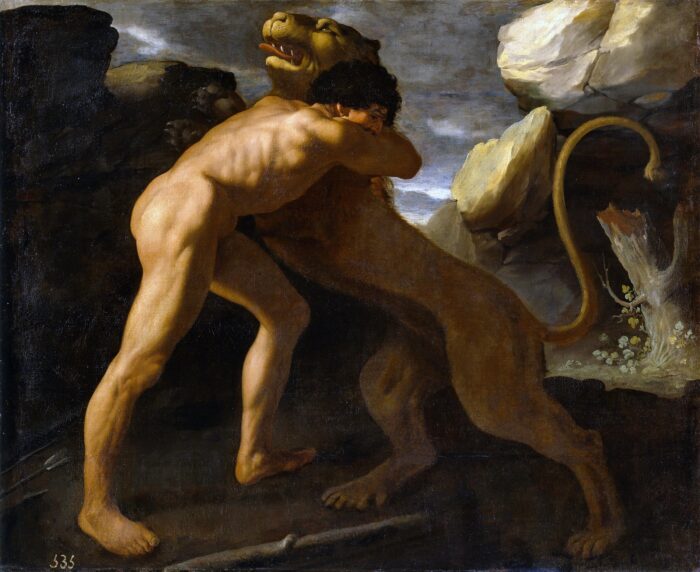

The first of Herakles’ Twelve Labours was the fearsome Nemean Lion, a beast with skin so tough that no weapon could pierce it. King Eurystheus, hoping to test him, sent Herakles to defeat this seemingly indestructible predator that terrorized the city of Nemea.
Herakles tracked the lion to its lair, and after a fierce struggle, he accomplished the impossible—strangling it with his bare hands. To commemorate his victory, he used one of the lion’s claws to skin it and wore the pelt as a cloak, turning the beast into a symbol of his triumph.
This tale isn’t just about strength; it’s about courage, determination, and cleverness in the face of impossible odds—a story that has inspired countless generations.
2. The slaying of the Lernaean Hydra
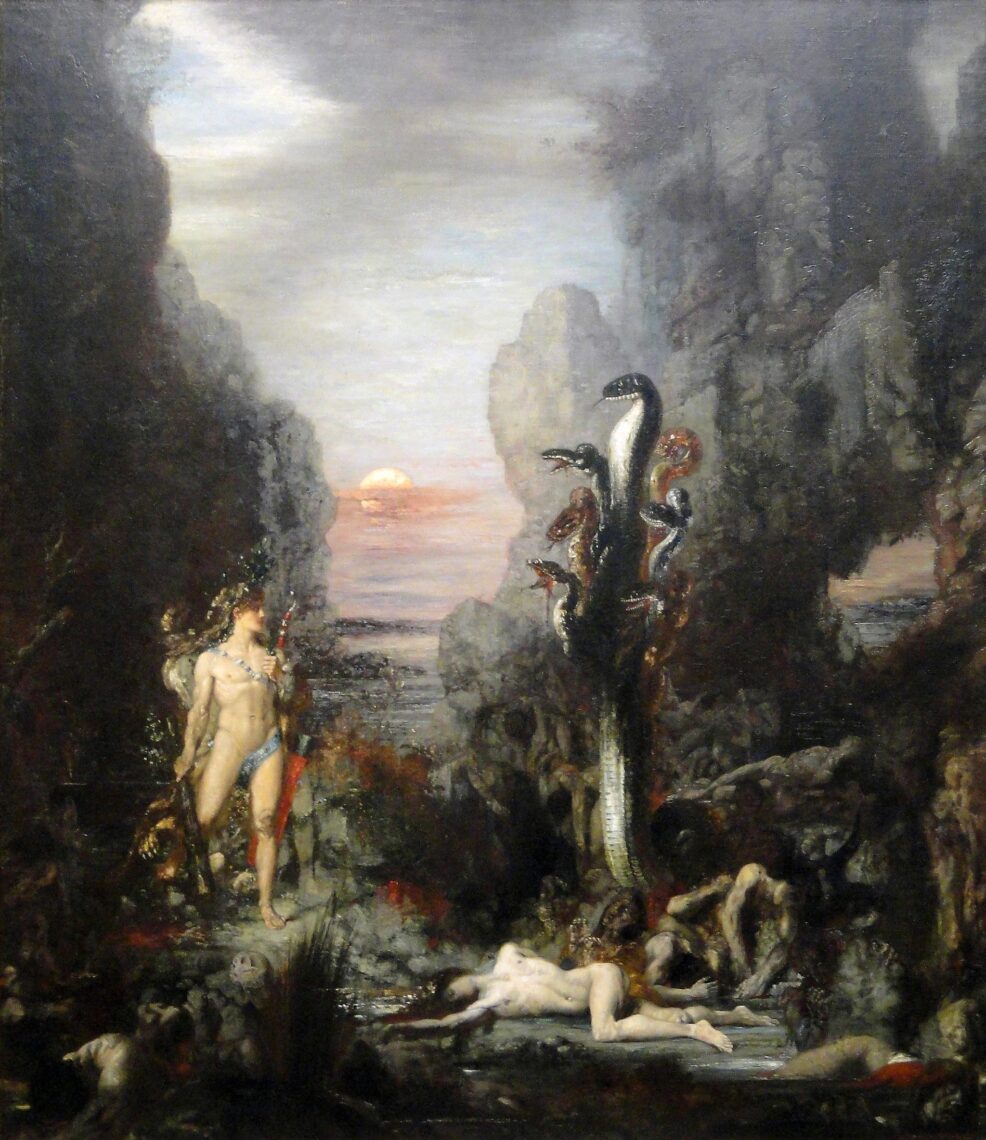

The next labour sent Herakles to face the Lernaean Hydra, a deadly nine-headed serpent born of Typhon and Echidna that dwelled near Lake Lerna. Its poisonous breath and venomous blood made it a terrifying foe—and to make matters worse, cutting off one head caused two more to grow.
Herakles battled the monster head-on but quickly realized brute force alone wouldn’t work. He called in his nephew Iolaus, who used a flaming torch to cauterize each stump as Herakles decapitated the heads. Together, they defeated the Hydra, showing that courage and clever strategy can overcome even the most formidable challenges.
Hercules later dipped his arrows in the Hydra’s venom, turning them into deadly weapons—a clever twist on turning a challenge into an advantage. This tale is more than a monster story; it’s a lesson in perseverance, ingenuity, and the power of teamwork.
3. The Ceryneian Hind
The next labour sent Herakles after the Ceryneian Hind, a sacred deer with golden antlers and incredible speed, beloved by the goddess Artemis. His task was to capture it alive—a challenge that tested patience, skill, and endurance.
Herakles pursued the Hind for an entire year, navigating forests and hills before finally capturing it. Because the deer was sacred, he couldn’t harm it; instead, he led it back to King Eurystheus as proof of his triumph. The Ceryneian Hind later became a constellation, a lasting tribute to its speed and Herakles’ perseverance.
This story reminds us that achieving great goals often requires patience, respect, and determination—not just strength.
4. The Erymanthian Boar
Herakles’ next labour was to capture the Erymanthian Boar, a monstrous wild beast terrorizing the region around Mount Erymanthos. He tracked the boar through rugged, snowy terrain and, after a fierce chase, captured it alive to present to King Eurystheus.
On his way back, a band of centaurs challenged him, leading to a brief but intense battle. Using both strength and cunning, Herakles defeated them and completed his task. This adventure highlights that courage, determination, and cleverness are just as important as raw power when facing formidable challenges.
5. Cleaning the Augean stables
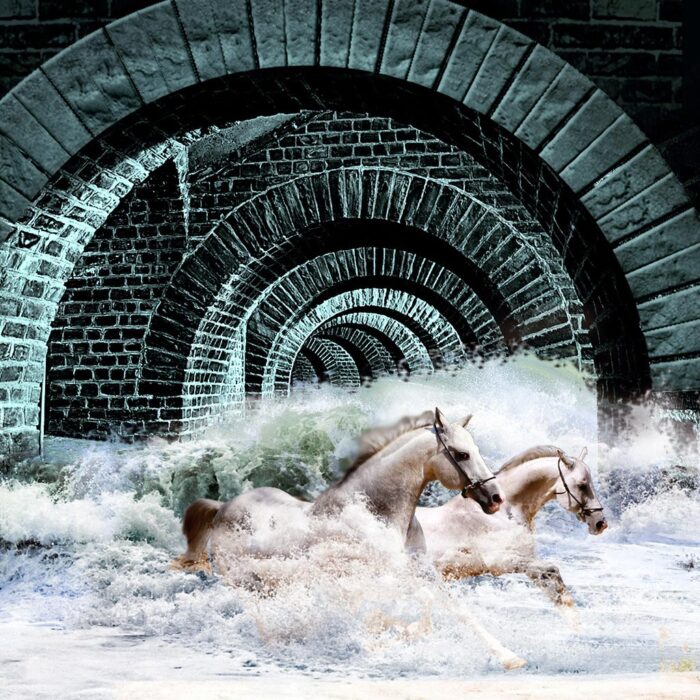

One of Herakles’ most legendary labours was cleaning the Augean Stables, home to King Augeas’ vast herds and mountains of filth. Tasked with this impossible chore in a single day, Herakles devised a clever plan: he rerouted the rivers Alpheus and Peneus to wash out the stables in one sweep.
His ingenuity turned a seemingly insurmountable problem into a triumph. When Augeas tried to avoid rewarding him, Herakles intervened decisively, showcasing not just strength but resourcefulness and determination. This labour reminds us that true heroism often combines brains with brawn.
6. The killing of Stymphalian birds


Herakles’ next labour was to rid the swamps of Lake Stymphalia of the man-eating Stymphalian Birds, creatures with metal beaks and deadly claws. Arriving at the swamp, he faced a seemingly impossible task: how to flush them out of their thick hiding places.
Athena came to his aid, giving him bronze castanets crafted by Hephaestus. Herakles clashed them, frightening the birds into flight, then picked them off with his bow and arrows. The labour highlights that ingenuity, strategy, and courage can triumph over even the strangest and most dangerous challenges.
7. Catching The Cretan Bull
Herakles’ next task was to capture the Cretan Bull, a massive and ferocious beast causing havoc on Crete. Using his legendary strength and courage, he wrestled the bull into submission and brought it back to King Eurystheus.
Fearing the bull, Eurystheus ordered it released, and it later caused trouble in Marathon until Theseus confronted it. This labour showcases Herakles’ bravery, perseverance, and ability to face even the most powerful and untamed creatures.
8. The Mares of Diomedes
Herakles’ next labour was to capture the Mares of Diomedes, four savage, flesh-eating horses terrorizing Thrace. Using his cunning, he fed them their owner, King Diomedes, which calmed the beasts and allowed him to lead them back to King Eurystheus.
Terrified, Eurystheus ordered the mares released, and they eventually met their end at the hands of wild animals. This labour highlights that intelligence and strategy can be just as vital as strength when facing formidable challenges.
9. The Belt of Hippolyta
Herakles’ next labour was to obtain the belt of Hippolyta, queen of the fierce Amazon warriors. Initially, Hippolyta was willing to give him the belt, impressed by his courage. However, Hera stirred trouble by spreading rumors, causing the Amazons to attack.
Herakles fought bravely and ultimately secured the belt, showcasing his strength, determination, and ability to overcome both opposition and divine interference. This story highlights courage and resourcefulness in the face of unexpected challenges.
10. Cattle of Geryon
<pHerakles’ next labour took him to the island of Erytheia to capture the Cattle of Geryon, guarded by the three-bodied giant, the two-headed dog Orthrus, and the herdsman Eurytion. Hercules defeated Orthrus and Eurytion, then rounded up the cattle.
On the return journey, Hera sent gadflies to scatter the herd, but Hercules persevered, bringing the cattle safely back to King Eurystheus. This tale highlights his courage, resourcefulness, and determination in the face of extraordinary obstacles, a story celebrated in art and myth through the ages.
11. Golden Apples of the Hesperides
Herakles’ final labour was to obtain the Golden Apples of the Hesperides, guarded in a divine garden under Hera’s watch. To succeed, he enlisted Atlas, offering to hold up the heavens while the Titan fetched the apples. When Atlas tried to keep them for himself, Herakles tricked him into taking the heavens back and escaped with the golden treasures.
This tale highlights Hercules’ resourcefulness, determination, and cleverness, showing that even the mightiest challenges can be overcome with brains as well as brawn.
12. The Capture of Cerberus


Herakles’ final labour was to capture Cerberus, the three-headed guardian of the Underworld. With Hades’ permission—but no weapons—he wrestled the monstrous dog and brought it to the surface.
Navigating rivers and divine obstacles along the way, Herakles presented Cerberus to King Eurystheus, who was terrified and promptly ordered the beast returned. This labour highlights Hercules’ strength, courage, and ingenuity, cementing his status as the ultimate hero and inspiring countless works of art through the ages.
How did Herakles die?
Even after completing his labors, Herakles’ life ended tragically. His wife, Deianira, unknowingly gave him a poisoned cloak that caused unbearable agony. In desperation, he built his own funeral pyre.
But the gods intervened: Zeus rescued Herakles from death and brought him to Olympus, granting him immortality. Though his mortal life ended in pain and betrayal, Herakles’ legacy as a hero of unmatched strength, courage, and ingenuity lived on among the gods.
To Conclude
Herakles’ story is a rollercoaster of triumph, tragedy, and ultimate redemption. Known for his strength, courage, and determination, he faced twelve incredible labors, wrestling lions, battling monsters, and overcoming impossible challenges.
Yet even the greatest hero had his dark moments. Hera’s wrath drove him to madness, causing him to commit regrettable deeds. Later, a poisoned cloak from his wife Deianira nearly ended his life. But the gods intervened—Zeus brought him to Olympus, granting him immortality and a place among the divine.
Today, Herakles remains a timeless symbol of heroism. Depicted in art wearing his lion-skin cape, wielding a club, and carrying a bow, his legend lives on in literature from Homer to Ovid, inspiring generations with a story of strength, courage, and the enduring human spirit.



